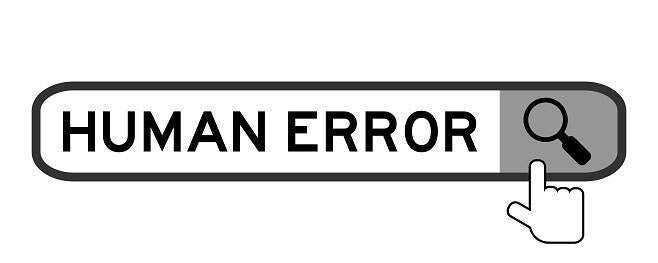
Understanding the Function of Human Error in Safety Incidents
Accidents and catastrophes are often attributed to "human error", but we know this notion does not capture the full picture. In 1984, six years before James Reason’s book “Human Error”, the German sociologist Wolf R. Dombrowsky called human error a "social breaking point" and challenged the prevailing belief that human error is solely responsible for incidents.
Here are five takeaways from the paper:
1. The formula of “human error” (‘human failure’ in German: ‘Menschliches Versagen’) serves as a convenient scapegoat, which allows us to attribute accidents to the inherent fallibility of individuals. But it can prevent us from identifying other causal factors, such as systemic deficiencies or intentional misconduct.
2. Human error often stems from a broader failure in the social conditions and networks within which individuals operate. Failure is a result of a lack of collective will to regulate actions and prevent counterproductive collisions.
3. Strategies that shift risks onto others are a form of failure, whether resulting from intentional actions or conditional intent. The label "human error" can be used to conceal the passing on of risks and avoid addressing the underlying failure-producing conditions.
4. Societal Implications: Perceiving failure as "human error" reaffirms the functional contract individuals have with society. It allows for a separation between unintentional failures and deliberate sabotage, reinforcing desirable behavior. But disguising willful failures as human error erodes the collective will and undermines trust.
5. Addressing failure requires a collective effort. Societal renewal and new collective representations can help counteract failure-prone conditions. The state also plays a crucial role in maintaining the common good by discouraging failure abuse through measures such as stricter regulations and increased monitoring.
By challenging the simplistic attribution of accidents and catastrophes to human error, risk management and prevention can become a more collective endeavour. Dombrowsky’s paper is almost forty years old, but this message is timeless.
Dombrowsky, W.R. (1984), Menschliches Versagen - Anmerkungen zur Funktion einer sozialen Sollbruchstelle, Hans-Werner Franz (Ed.), 22. Deutscher Soziologentag 1984, Sektions- und Ad-hoc-Gruppen Opladen: Westdeutscher Verlag.